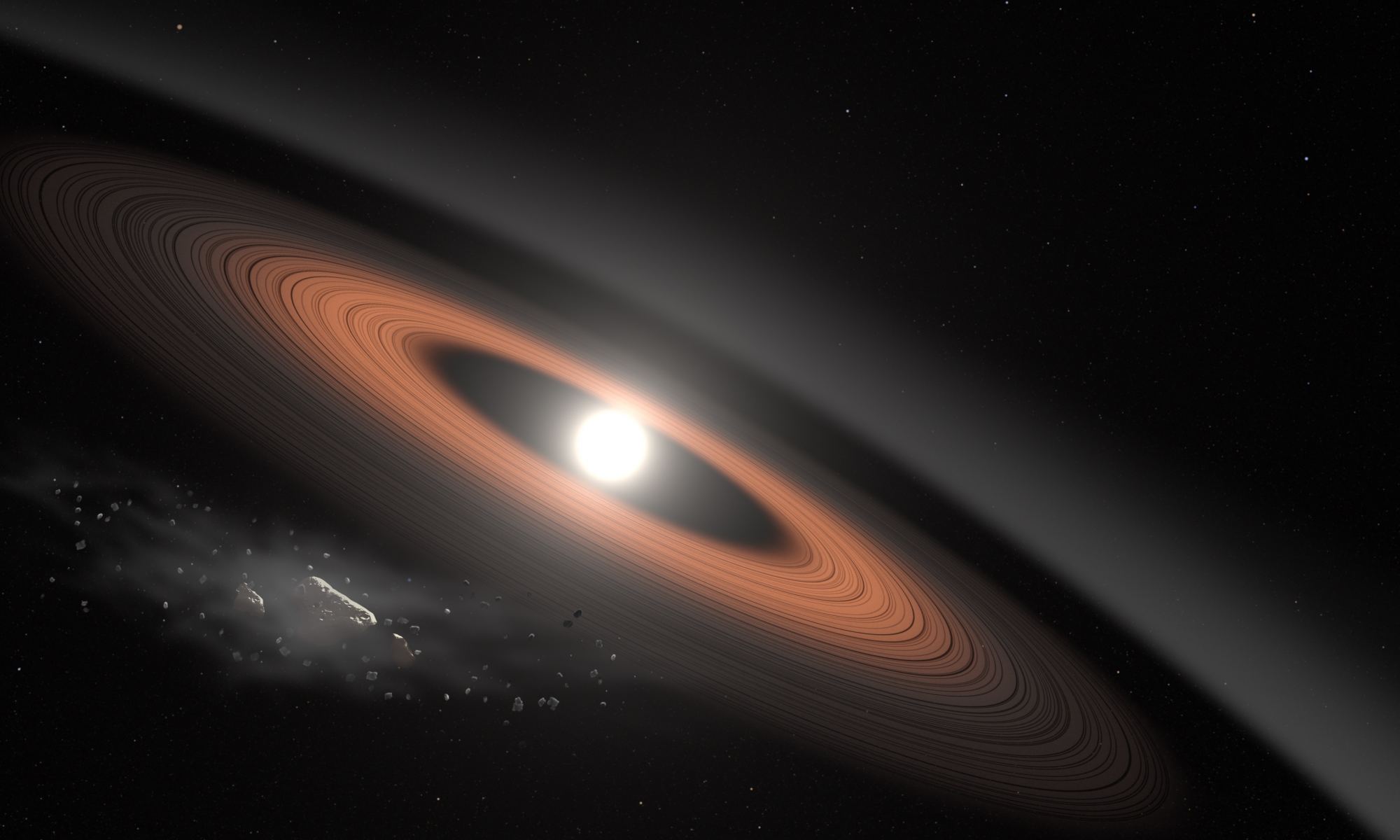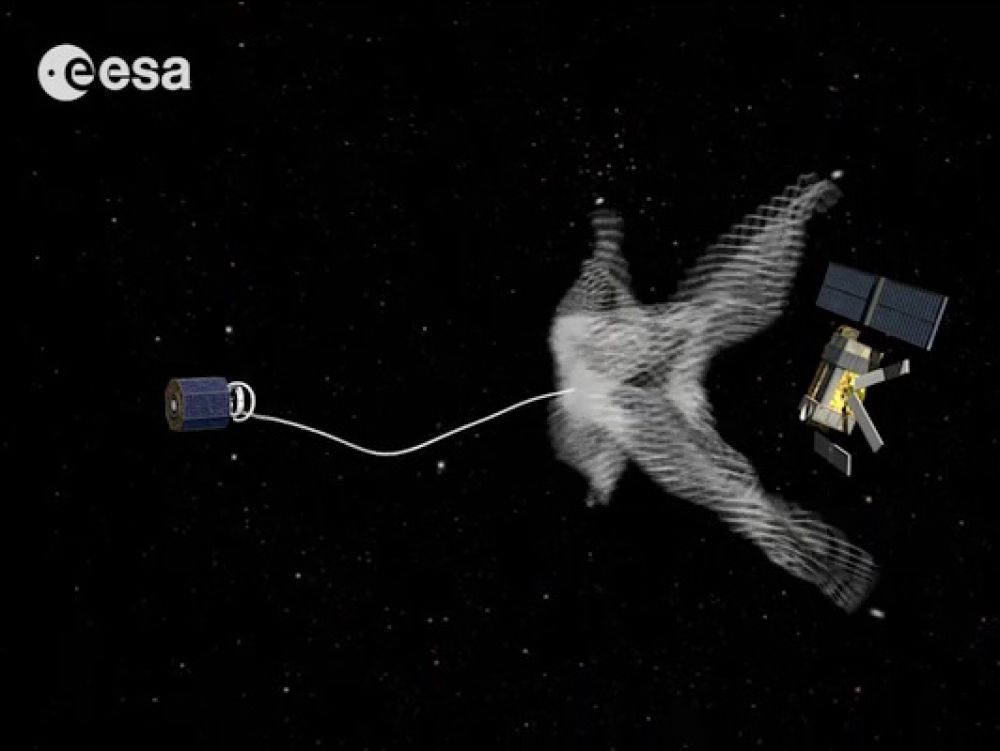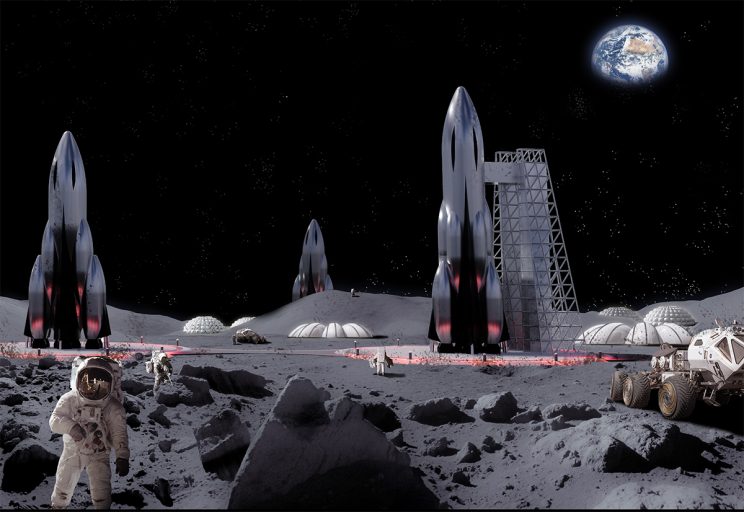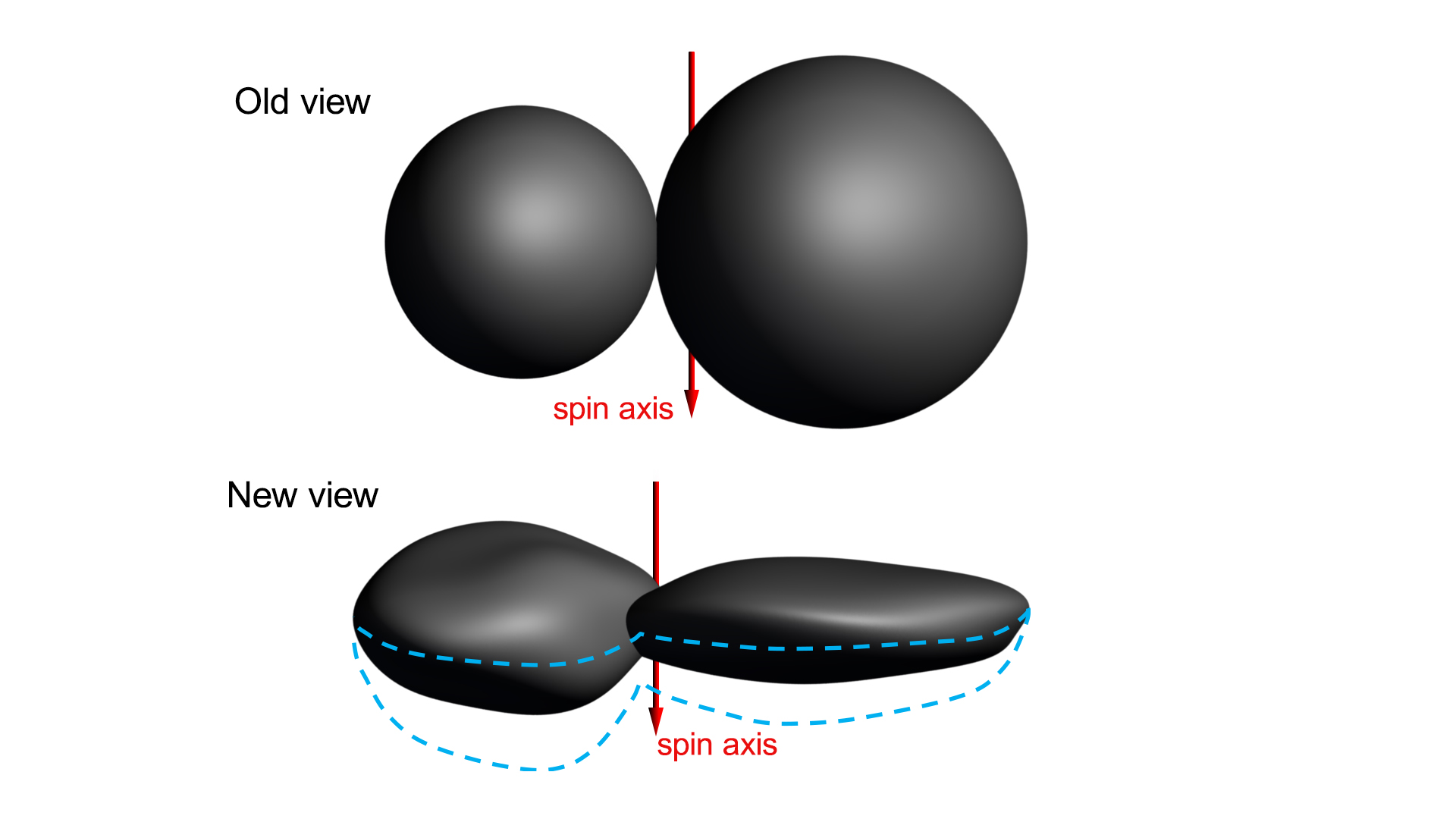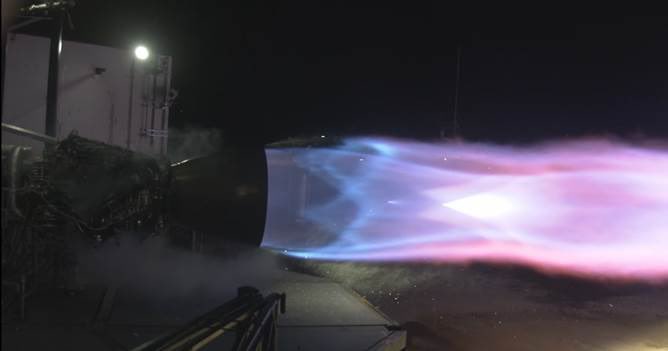When stars like our Sun exhaust their hydrogen fuel, they enter what is known as their Red-Giant-Branch (RGB) phase. This is characterized by the star expanding to several times it original size, after which they shed their outer layers and become compact white dwarfs. Over the next few billion years, it is believed that these stars will slowly consume any objects and dust rings still close enough to be influenced by their gravity.
However, a citizen scientist named Melina Thévenot recently made a surprising discovery when observing a white dwarf system. Based on data from the Wide-field Infrared Survey Explorer (WISE) mission, this star has been a white dwarf for billions of years, but still has multiple rings of dust around it. Known as LSPM J0207+3331 (or J0207), this discovery could force researchers to reconsider models of planetary systems.
Continue reading “The Oldest and Coldest White Dwarf Ever Found has Bizarre Dust Rings Around it”
